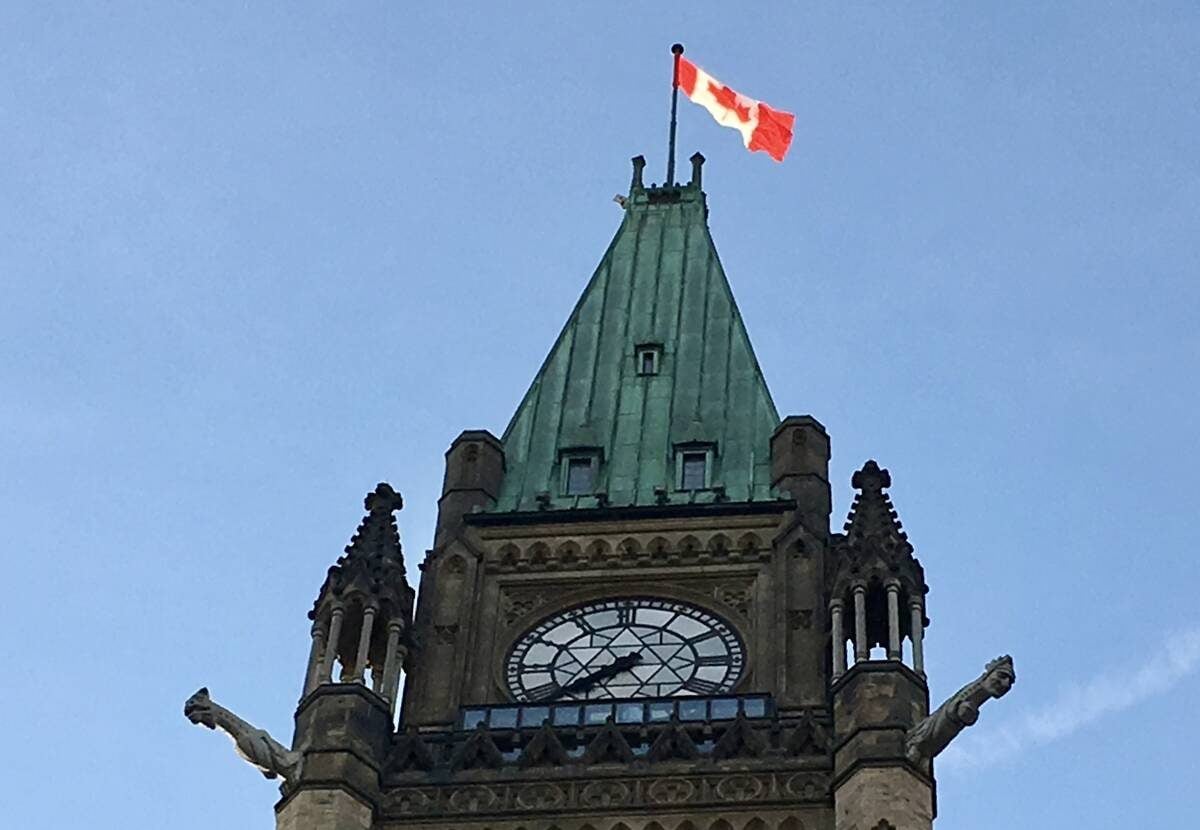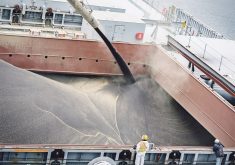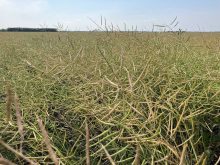It’s been a hard realization over the past few weeks that Canada’s most significant strategic ally is morphing into an existential threat.
When U.S. president-elect Donald Trump first mused that Canada should become the 51st state, it was largely brushed off as a negotiation tactic or simply trolling prime minister Justin Trudeau.
However, it’s growing clearer that the annexation of Canada has become a policy objective for the incoming Trump administration.
Read Also

House ag committee to undertake several studies
The House of Commons standing agriculture committee has set its agenda for the coming months. Members began the fall sitting with a two-hour update on international trade
Once Trump realizes how hard it is to change the legal relationships between the federal, provincial and Indigenous jurisdictions in Canada, he will likely let his imperialist desires wane because he doesn’t have the patience to actually see through something this complex.
In the meantime, we need to prepare for a lot of economic pain.
It’s likely Trump will soon initiate the 25 per cent tariff on Canadian goods he has repeatedly threatened.
It’s difficult to know how these tariffs will affect farmers, given the complexity of trade between Canada and the United States.
However, Trump has both the capacity and the will to inflict a massive amount of pain and uncertainty into the agriculture sector.
The U.S. accounts for about 60 per cent of Canada’s agri-food exports and more than half our imports.
However, for some sectors, including canola oil and beef, the U.S. completely dominates purchases.
These trade flows have been built over many decades, and food companies designed their production systems based on the previously solid relationship between the two countries that no longer exists.
There will be some Canadian commodities, including oats and high protein wheat, that will be difficult to replace, and it could be the case that food companies will simply pass on the extra costs to consumers.
Other agricultural goods could get priced out of the U.S. market, and food companies will look to other suppliers while tariffs on Canadian goods are in place.
In some instances, agri-food companies could move both production and manufacturing south of the border to insure access to U.S. markets.
Calls to diversify markets for Canadian agricultural goods will soon ring out from stakeholders, and while it is a smart strategy, it can take many years and even decades to build reliable trading relationships abroad.
Canadian ports and east-west rail infrastructure are already a choke point for agricultural goods, and these facilities will become even more difficult to access as other Canadian commodities are displaced to international markets.
Farmers are experts at managing risk, but how can one manage the risk of an unpredictable and arguably unhinged U.S. president?
It’s even hard to know what to pressure Canadian officials to do with Trump.
Should they stand up and try to go blow for blow with the most powerful country in the world?
Or should we try to downplay the punishing body blows coming our way?
Last time Trump set his sights north of the border, the Team Canada approach that leveraged assets from across the country and political parties was very effective.
This time will likely be much more difficult because the adults Trump had in the room are no longer at his side, and there will be less impetus for him to be reasonable.
It doesn’t take a sophisticated understanding of Canadian politics to see divisions within the country that can be exploited, and it’s likely Trump will try to turn the provinces against each other.
Whatever negotiation strategy Canadian officials settle on, standing together in the face of this significant threat must be part of it.
Karen Briere, Bruce Dyck, Robin Booker and Laura Rance collaborate in the writing of Western Producer editorials.

















